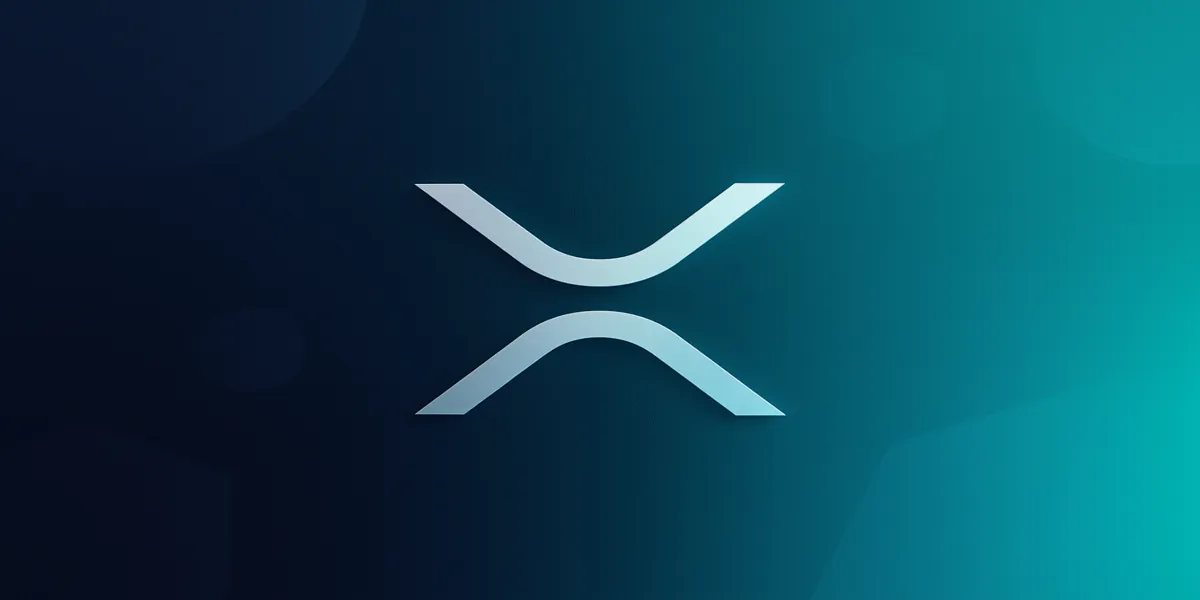- XRP’s role in global finance grows through institutional DLT adoption.
- Ripple’s technology aligns with Singapore’s blockchain initiatives, shaping future finance.
- XRP’s infrastructure supports real-time settlements, tokenization, and cross-border liquidity.
A recent post by Pumpius on X has reignited the debate surrounding XRP’s potential, urging skeptics to reconsider their stance on the digital asset. According to industry expert Lord Belgrave, XRP’s capabilities extend far beyond its use as a payment solution.
Instead, it is becoming a critical component in the growing adoption of Distributed Ledger Technology (DLT) by financial institutions, particularly in Southeast Asia.
Belgrave’s views revolve around the relationship between Ripple’s XRP Ledger and Project Ubin, a government-oriented blockchain project in Singapore. Project Ubin, as reported by the DBS insight on the Future of Payments, acted as a catapult to Partior, a payments and securities settlement network.
The network discusses multi-asset class applications such as Delivery vs. Payment (DvP), tokenized assets, and foreign exchange payments. According to Belgrave, many of these use cases are directly consistent with the Ripple XRP infrastructure, which indicates a stronger integration between the Ubin strategy and the Ripple technology.
Also Read: Crypto Crash: Bitcoin (BTC), Ethereum (ETH), XRP, and Dogecoin (DOGE) Decline in 24 Hours
Belgrave remembers a private meeting in 2016 in London with a banking working group in Singapore-UK, where netting diagrams shown by Phase 2 of the Ubin were compared with the demos of RippleNet corridors.
One slide, labeled “atomic settlement nodes,” showed a schematic that strongly resembled Ripple’s XRP Ledger. While XRP wasn’t publicly mentioned, the similarities are too evident to overlook.
XRP’s Critical Role in Institutional DLT Adoption
Belgrave argues that Project Ubin wasn’t simply testing DLT but was instead a front door for experimenting with Ripple’s technology, specifically XRP’s atomic settlement, liquidity bridges, and tokenization. Though XRP was not explicitly mentioned in the discourse, it is evident that the Singapore project on blockchain was created using the architecture that Ripple was developing.
This realization has significant implications for XRP’s future role in institutional finance. With regulators pushing 24/7 real-time settlement systems and tokenized securities, the infrastructure provided by XRP perfectly meets these requests.
The fact that XRP helps to promote efficient settlement and liquidity bridges across borders puts the cryptocurrency in a better position to dominate the global financial market.
XRP’s Global Impact on Financial Systems
Belgrave’s observations challenge the public narrative around Singapore’s blockchain efforts. Instead of being an experiment in itself, Project Ubin served as a way to establish a global financial infrastructure using XRP-like technology. With the financial world moving towards tokenized assets, real-time settlement, and cross-border liquidity, XRP can play an even more critical role.
Lord Belgrave’s insights give a third-party stance on the increased essence of XRP in the future of institutional adoption of DLT. As the financial sector evolves and global regulators demand more efficient systems, XRP is poised to be at the heart of this transformation, ensuring its place in the future of global finance.
Also Read: Another Big Day for XRP Today – Here’s What’s Coming

